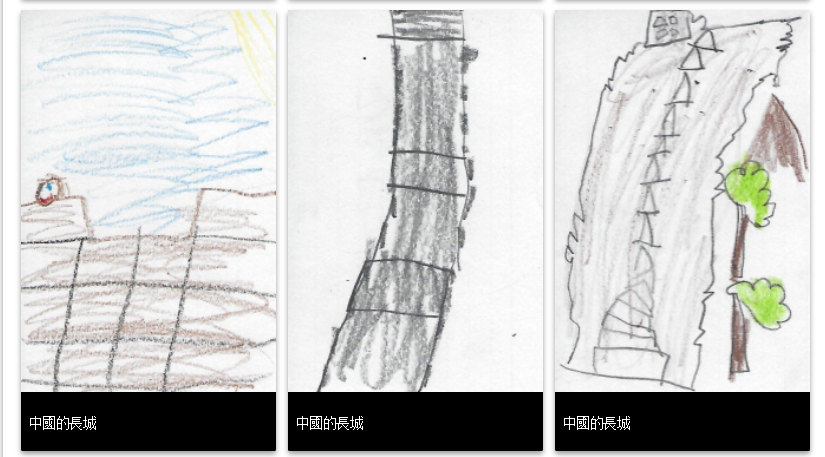This lesson is for : Grade 2:
Summary
Students researched a famous American of their choosing in student selected groups. They chose from Martin Luther King, Jr., Jackie Robinson, Helen Keller, and Susan B. Anthony. Teachers modeled how to create quality higher-level thinking questions using George Washington and Abraham Lincoln as an example. Students then formulated their own questions and used these questions to guided their research. They sorted through information on websites, books, and interviewed experts such as: Sarah Murphy Abbamonte at the National Susan B. Anthony Museum & House to answer their questions. They took this information and created a final product of their choice: Pixie presentation, a poster, or video. These finished products were then shared with the class. QR codes were then created of the final products and placed around the school. Third through fifth grade students were invited and encouraged to look at these to help review Famous Americans. Also, parents could view them during PTA nights to see their children’s work.
TIPC Ratings
Research & Information Fluency
Rating: Approaching – Explanation: The teacher spent a lot of time modeling strategies throughout this project. Students spent the majority of this time working with their group, rather than as a whole group with the teacher supplying all the information. As a result, students had the opportunity to explore on their own and categorize information in a way that made sense to them personally. The main challenge of this project was the freedom. Students were asked to create a questions and research information that helped to answer this without the teacher giving all of the answers. After the students constructed questions to research, they also used the online Susan B. Anthony museum to interview experts.
Communication & Collaboration
Rating: Developing – Explanation: The teacher directly instructed how to go about recording information during research on padlet, in their social studies notebook, or on a graphic organizer. Only one form of technology was given to the students to record their information. This limited the choice students had with how they communicated their findings with others, but in doing so the teacher had the ability to focus on this strategy and ensure it was successful. Students organized their information on Padlet to communicate with the entire class simultaneously.
Critical Thinking & Problem Solving
Rating: Developing – Explanation: The teacher modeled what a good, purposeful question looked like. As a class we discussed what makes a bad question, something that is answered easily or does not offer much good information. Students then used this knowledge to evaluate the questions offered by other students in the class. Finally, students generated questions in their small group and had the skills to then evaluate their own questions. Students were then given the tools to find information to answer these questions. Students had to explain to the teacher, as well as each other, why their questions were quality questions and how they were going to answer them.
Creativity & Innovation
Rating: Approaching – Explanation: The authentic task that the teacher gave the class was to help create an interactive, digital museum to help the older students review critical information about famous Americans. Students had to research information to help them decide why these Americans are worth learning about. After finding the information to answer their questions, students took this knowledge to create the project that they chose. After giving students the parameters of the project, the teacher encouraged students to go above and beyond these expectations. Students were given the basics for creativity and had to find a way to take this and create a meaningful project that reflects accurate information about their famous American. When the students completed their projects, they were asked to self-reflect on this assignment as a whole: their role in the group, what they would change if they did it again, and one thing they learned during this process.




